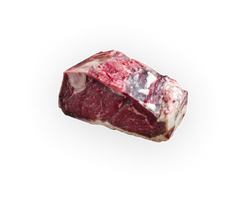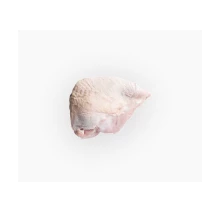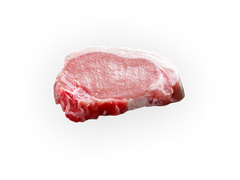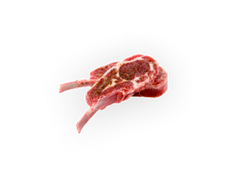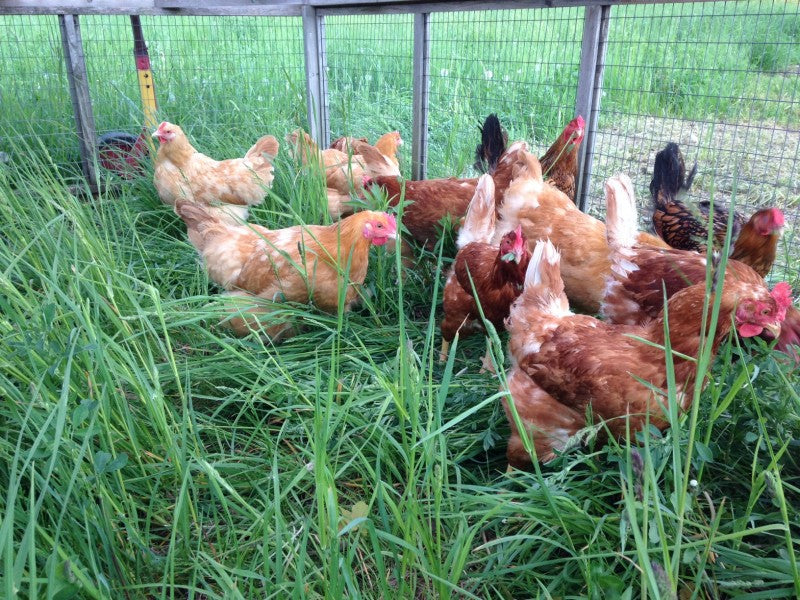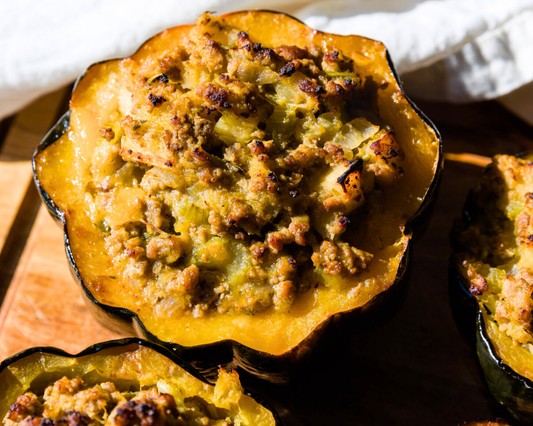Poultry is a cornerstone of Canadian diets, offering an affordable and versatile protein source for households across the nation. As 2025 unfolds, the landscape of poultry pricing is under scrutiny by consumers, producers, and policymakers alike. This blog explores the factors influencing poultry prices, the challenges faced by the industry, and projections for the year ahead.
The Importance of Poultry in Canada
Poultry, particularly chicken, is the most consumed meat in Canada, surpassing beef and pork in popularity. This preference stems from its affordability, health benefits, and versatility in cooking. The poultry industry also plays a significant role in Canada’s agriculture sector, contributing billions of dollars to the economy annually and supporting thousands of jobs.
Factors Driving Poultry Prices in 2025
A variety of factors are shaping the cost of poultry in Canada this year:
-
Feed Costs Feed constitutes the largest expense in poultry production, with corn and soybean meal being primary components. In 2025, global weather patterns, including droughts and floods, have impacted grain yields, driving up feed prices. Additionally, geopolitical tensions and supply chain disruptions have contributed to feed cost volatility.
-
Avian Influenza Outbreaks of avian influenza (bird flu) have had a significant impact on poultry prices. In recent years, Canada has faced periodic outbreaks, leading to culling of infected flocks and reduced supply. While efforts to control the disease have improved, the ongoing threat continues to influence production costs and market stability.
-
Labour Challenges Labour shortages in the agriculture and food processing sectors are increasing costs for poultry producers. With fewer workers available, operations are less efficient, leading to higher production costs that are passed on to consumers.
-
Energy Costs Rising energy prices are affecting all aspects of poultry production, from heating barns to transporting products. In 2025, higher energy costs are contributing to increased prices for poultry at the retail level.
-
Consumer Demand Canadian consumers continue to prioritize poultry as a staple protein. However, rising prices for premium cuts, such as chicken breasts, are leading some households to shift towards more economical options, like drumsticks and thighs. Additionally, the popularity of value-added products, such as pre-marinated or ready-to-cook options, remains strong.
-
Environmental Regulations Canada’s push towards sustainable agriculture is introducing new regulations for poultry farming. These include requirements for better waste management, reduced carbon footprints, and improved animal welfare standards. While these measures are important for long-term sustainability, they are increasing short-term costs for producers.
Current Trends in Poultry Pricing
As of early 2025, poultry prices in Canada are showing a moderate upward trend. Retail prices for chicken have risen by 4-7% compared to the previous year, depending on the cut and region. Turkey prices, particularly during holiday seasons, have seen sharper increases due to limited supply and higher demand.
Key trends include:
- Increased Demand for Organic and Free-Range Options: Health-conscious and environmentally aware consumers are driving demand for organic and free-range poultry. These products command premium prices, further contributing to overall price increases.
- Popularity of Convenience Products: Ready-to-eat and pre-packaged poultry products continue to grow in popularity, with consumers willing to pay extra for convenience.
Consumer Responses to Rising Prices
As poultry prices rise, Canadian consumers are adapting in various ways:
- Budget Shopping: Many households are seeking discounts and promotions, buying poultry in bulk, or choosing frozen options over fresh.
- Exploring Alternatives: Consumers are incorporating more plant-based proteins into their diets as a cost-effective alternative.
- Meal Planning: Careful meal planning is helping families make the most of their poultry purchases, minimizing waste and stretching their budgets.
Challenges for Poultry Producers
Poultry producers face significant challenges in 2025, including:
-
Biosecurity Risks Preventing and managing avian influenza outbreaks requires strict biosecurity measures, which add to operational costs. Producers must balance these costs with the need to remain competitive in the market.
-
Market Competition Competition from imported poultry products, particularly from the United States and Brazil, is putting pressure on Canadian producers to maintain competitive pricing while adhering to stricter domestic regulations.
-
Rising Production Costs From feed to energy to labour, nearly every aspect of poultry production is becoming more expensive. Producers must find innovative ways to reduce costs without compromising quality or animal welfare.
Opportunities in the Poultry Industry
Despite the challenges, there are opportunities for growth and innovation in Canada’s poultry sector:
- Technological Advancements: Adoption of advanced farming technologies, such as automated feeding systems and data-driven management tools, can improve efficiency and reduce costs.
- Sustainable Practices: Investing in sustainable practices can help producers meet regulatory requirements while appealing to environmentally conscious consumers.
- Direct-to-Consumer Sales: Increasing direct sales through online platforms and farmers’ markets can help producers bypass intermediaries and achieve better margins.
- Diversification: Expanding into value-added products, such as specialty marinated cuts or ethnic cuisine options, can cater to diverse consumer preferences and increase profitability.
Predictions for Poultry Prices in 2025
Looking ahead, several trends are likely to influence poultry prices in Canada for the remainder of 2025:
-
Continued Price Increases Poultry prices are expected to rise modestly, with an additional 3-5% increase projected by year-end. This is driven by persistent feed and energy cost pressures, as well as ongoing labour shortages.
-
Stable Consumer Demand While some consumers may reduce poultry consumption due to higher prices, overall demand is expected to remain stable, given the central role of poultry in Canadian diets.
-
Growth in Premium Segments Demand for organic, free-range, and value-added poultry products is likely to continue growing, supporting higher price points in these segments.
-
International Trade Dynamics Trade agreements and tariffs will influence the availability and pricing of imported poultry. Any changes in Canada’s trade relationships could impact domestic prices.
-
Focus on Innovation Producers who invest in efficiency-enhancing technologies and sustainable practices will be better positioned to manage costs and meet consumer expectations.
Poultry prices in Canada for 2025 reflect a complex interplay of factors, from feed costs and disease management to consumer preferences and regulatory changes. While rising prices pose challenges for both consumers and producers, they also highlight opportunities for innovation and adaptation within the industry. By embracing sustainable practices, leveraging technology, and catering to evolving consumer demands, Canada’s poultry sector can navigate these challenges and continue to thrive.
Whether you’re a producer, a retailer, or a consumer, understanding these dynamics is essential to making informed decisions in this changing landscape.
